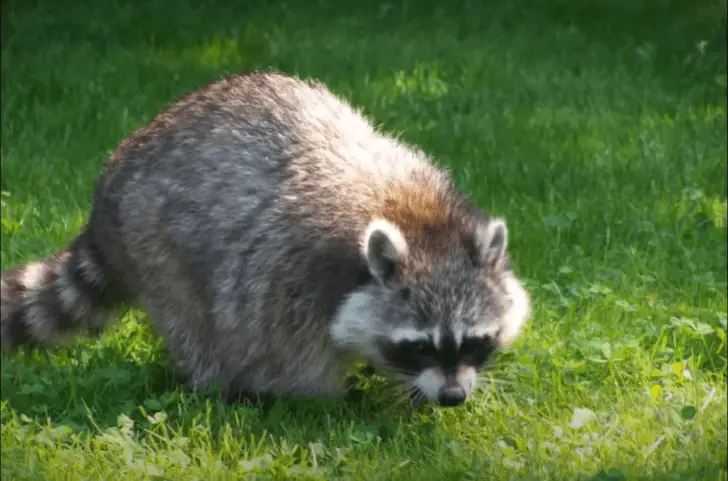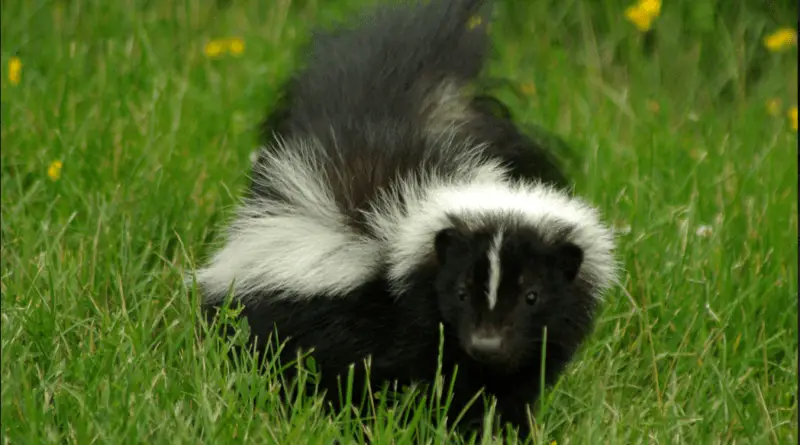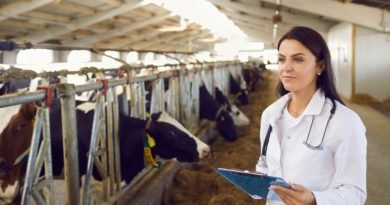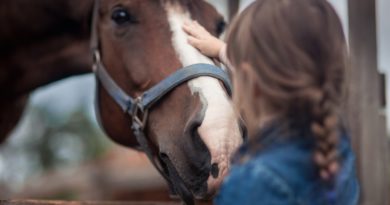Last modified on October 15th, 2020 at 4:15 am
What Attracts Wildlife to Your Yard
YARD WILDLIFE ATTRACTANTS
Originally, wildlife is meant to live in the wild and not to be in contact with man or his environment. This, however, is hardly the case in today’s world as both have encroached into each other’s space and now practically live as neighbors.
The main reasons for this are urbanization and deforestation, which have given man more room to live and build structures. Conversely, animals have lost their homes and been forced to rely on man and his space for their survival.
Also, in the wild, there is a play where only the strongest survive while the weak serve as food for them. Most of these weak animals are omnivores, herbivores, or small-sized carnivores that could easily be preyed upon. To avoid getting eaten, these animals search for food elsewhere, hence their presence in our yards. Some of these animals may include skunks, gophers, moles, foxes, armadillos, and several others.
What attracts them to yards?
Simply put, these animals are lured in by the presence of food sources, safety, especially for their young from predators, and comfortable environments. They are seen on trees in the yard, in vegetable gardens, and often make burrows beneath porches, decks, and garages.
Animals likely to be seen and their attracting factors
Skunks:
These are nocturnal animals, more active in the night than by day, and are known for the foul smell they produce when attacked. They are attracted to freshly dug soil as it aids them in their hunt for insects and worms that live underground. Garden patches and farms are favorite food hangouts. They live underground, so their burrows can be seen beneath decks and stairs.
Moles and gophers:
These enjoy good soil and can easily be seen in vegetable gardens, golf courses, lawns, and farms. Contrary to popular belief, they do not hibernate but dig deeper into the soil to avoid hypothermia during winter. They feed on insects found in the soil, which would be a good thing, except that they also feed on plant roots, destroying them and causing huge damage to gardens, lawns, or farms.
Armadillos:
They are attracted by soft soil for hunting and foraging, warm temperatures, and a water source. All three are most likely found in a yard and suitable for housing armadillos. They are omnivores, meaning they feed on vegetables, insects, and small pets, and will lurk around the yard if these are available to them.
Raccoons:
They are smart and intelligent creatures and are known for stealing cat food and whatever they find around the yard. They have also been incriminated in the emptying of garbage bags in search of food. Therefore, full garbage bags left in yards give them a tempting call.
Foxes:
They usually avoid humans and are cautious and shy animals, but they can be seen around if there is a food source such as an open garbage bag or easy access to a store or farm where they can feed. Pets like rabbits and hamsters are at risk around them, so measures should be taken to guard those animals and place them in secure pens.
The major attractants of wildlife to yards are food sources, and when they are unavailable, these animals will naturally stay away. Fences can be put around yards, and tightly lidded garbage cans can be used in place of bags, to keep them away.





